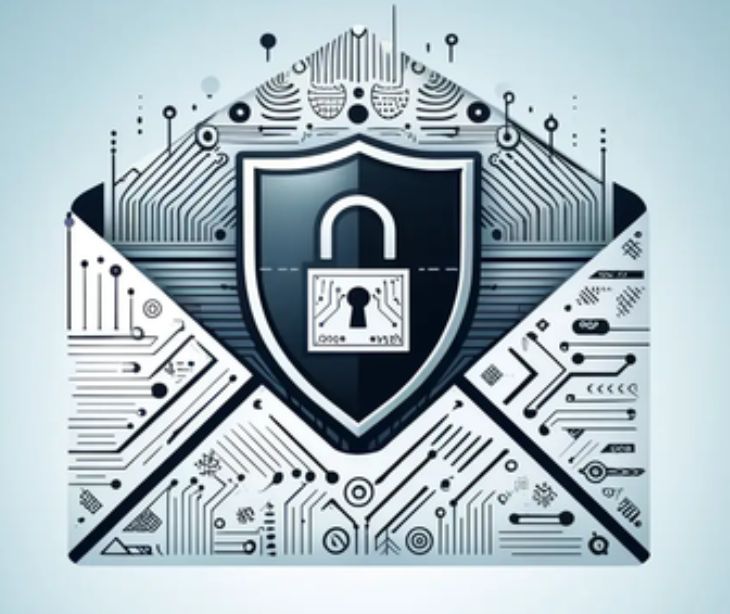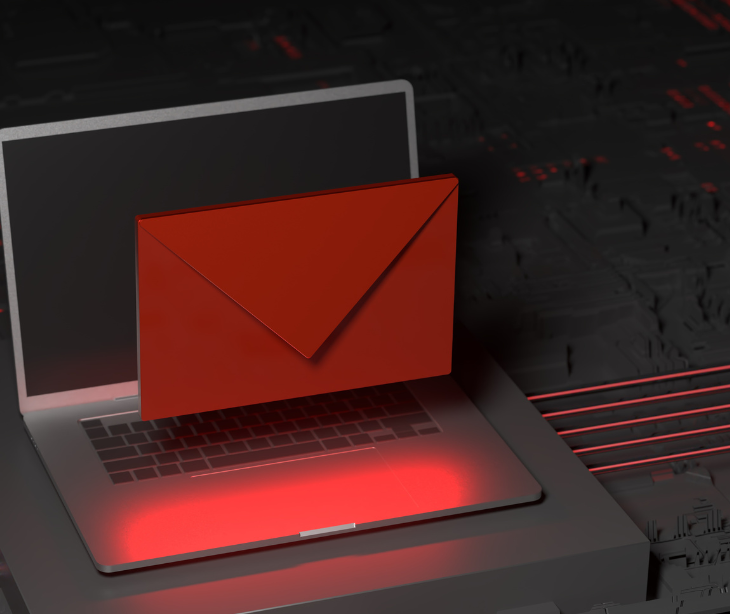
When transmitting Protected Health Information (PHI), healthcare providers and organizations must tread carefully to ensure compliance with HIPAA. You can use email to send PHI in compliance with HIPAA regulations, but it must be done with strict adherence to security measures.
HIPAA and email communication
HIPAA sets stringent regulations to safeguard the confidentiality and security of PHI. HIPAA does allow the use of email for transmitting PHI but imposes specific requirements to protect sensitive patient data.
According to the HHS, "The Privacy Rule allows covered health care providers to communicate electronically, such as through e-mail, with their patients, provided they apply reasonable safeguards when doing so."
Related: HIPAA Compliant Email: The Definitive Guide
Considerations for using email to transmit PHI:
- Encryption: To protect PHI from unauthorized access during transmission, healthcare organizations should use email encryption. Transport Layer Security (TLS) is a widely used encryption protocol for securing email communication.
- Secure email services: Opt for HIPAA compliant email services like Paubox, designed for healthcare with enhanced security features. These services often provide encryption, access controls, and audit trails.
- Business Associate Agreements (BAAs): When using third-party email service providers, such as cloud-based email platforms, ensure you have a signed business associate agreement (BAA) in place. This legally binding contract ensures the third party complies with HIPAA regulations.
- Access controls: Implement access controls to restrict access to PHI within the organization. Ensure that only authorized personnel can access and transmit PHI through email.
- Secure transmission methods: Consider alternatives to email for particularly sensitive PHI, such as using secure file transfer protocols.
- Minimizing PHI: Follow the principle of sharing only the minimum necessary PHI in emails. Avoid including extraneous or sensitive information.
- Patient consent: Obtain explicit patient consent for email communication containing PHI. Patients should be aware of the risks and benefits associated with email communication.
Best practices for HIPAA compliant email communication
- Regularly train employees on HIPAA regulations and establish policies and procedures for secure email communication.
- Conduct risk assessments to identify and address potential vulnerabilities in email communication.
- Maintain audit trails to track access to PHI in email communications.
- Monitor and update security measures regularly to adapt to evolving threats and technologies.
The risks of non-compliance
Failure to comply with HIPAA regulations when using email to transmit PHI can have severe consequences, including legal penalties and financial liabilities.
Related: What are the penalties for HIPAA violations?
FAQs
What is the role of two-factor authentication (2FA) in HIPAA compliant email communication?
Two-factor authentication (2FA) adds an extra layer of security, ensuring that only authorized users access email accounts containing PHI.
Are there specific restrictions on the devices used to access HIPAA compliant email?
Yes, healthcare organizations should restrict email access to secure, organization-approved devices with updated security software to prevent unauthorized access.
How does HIPAA apply to email backups that contain PHI?
Backups of emails containing PHI must also comply with HIPAA, meaning they should be stored securely with encryption and access control to prevent unauthorized access.
Subscribe to Paubox Weekly
Every Friday we'll bring you the most important news from Paubox. Our aim is to make you smarter, faster.



